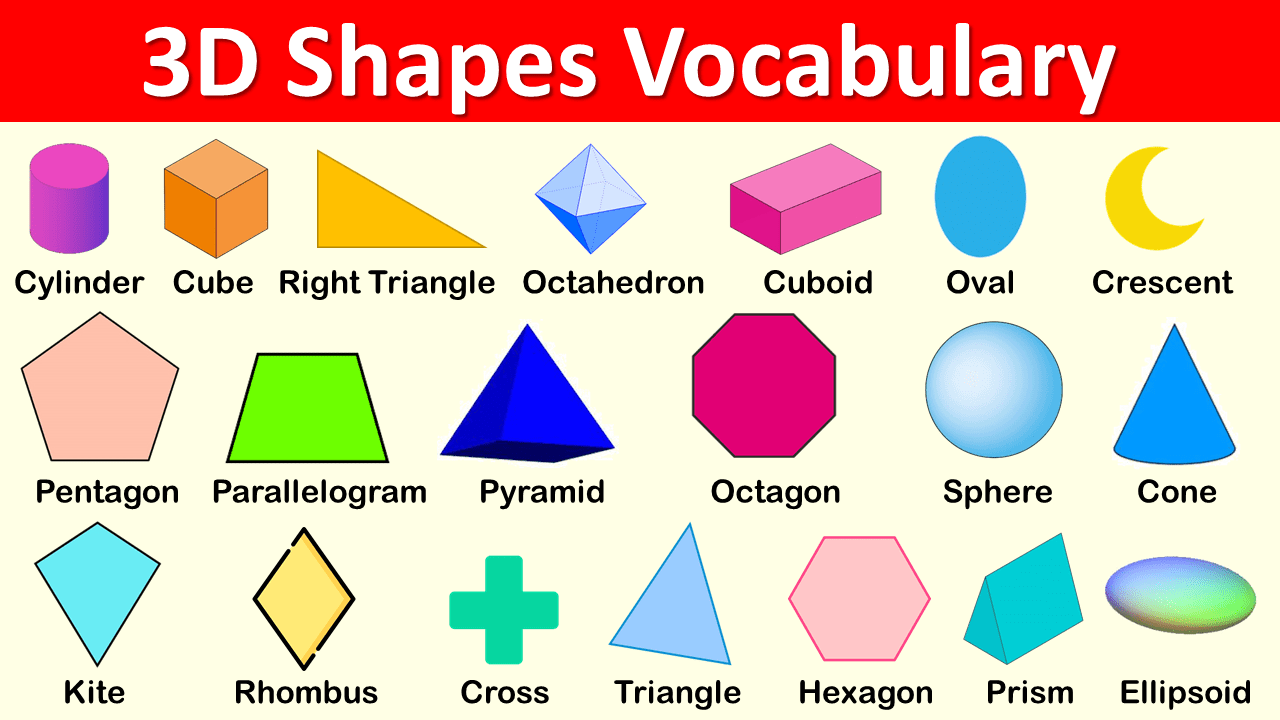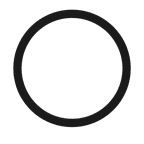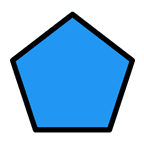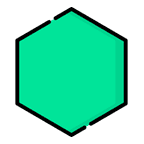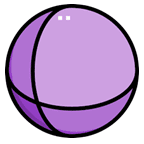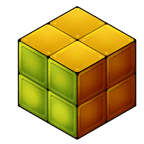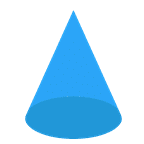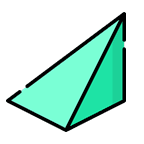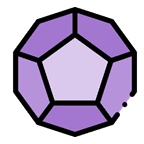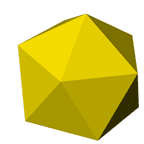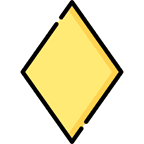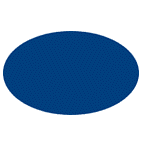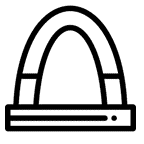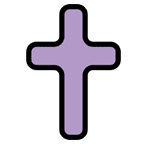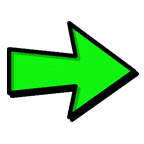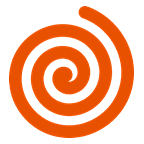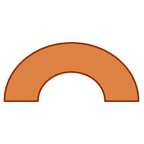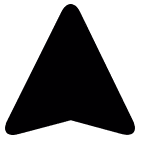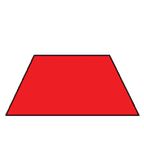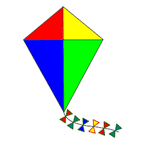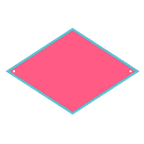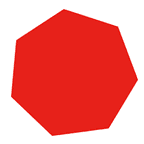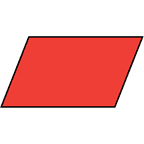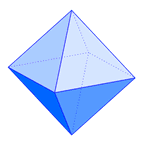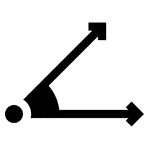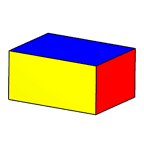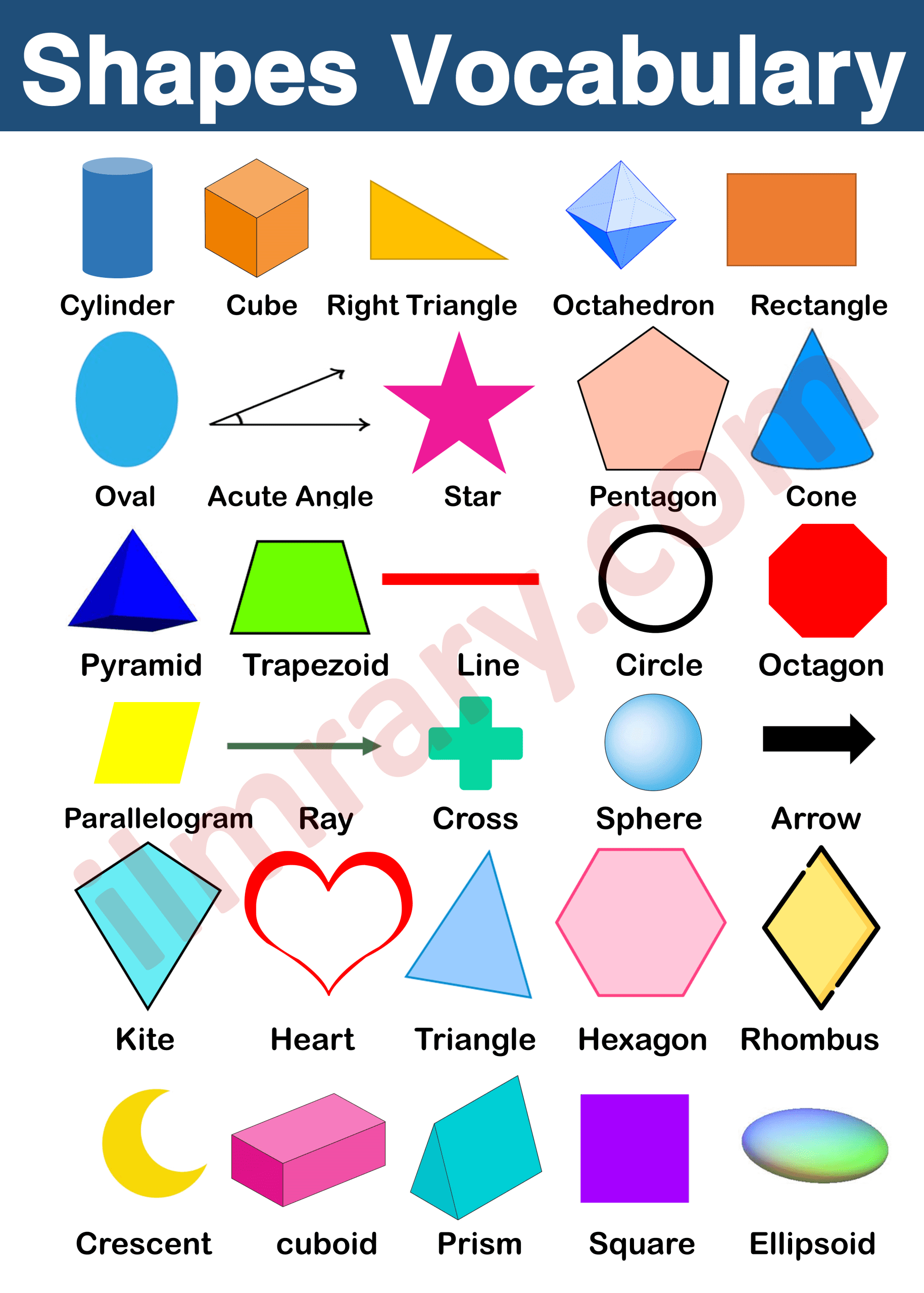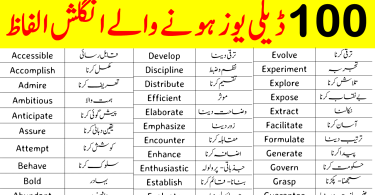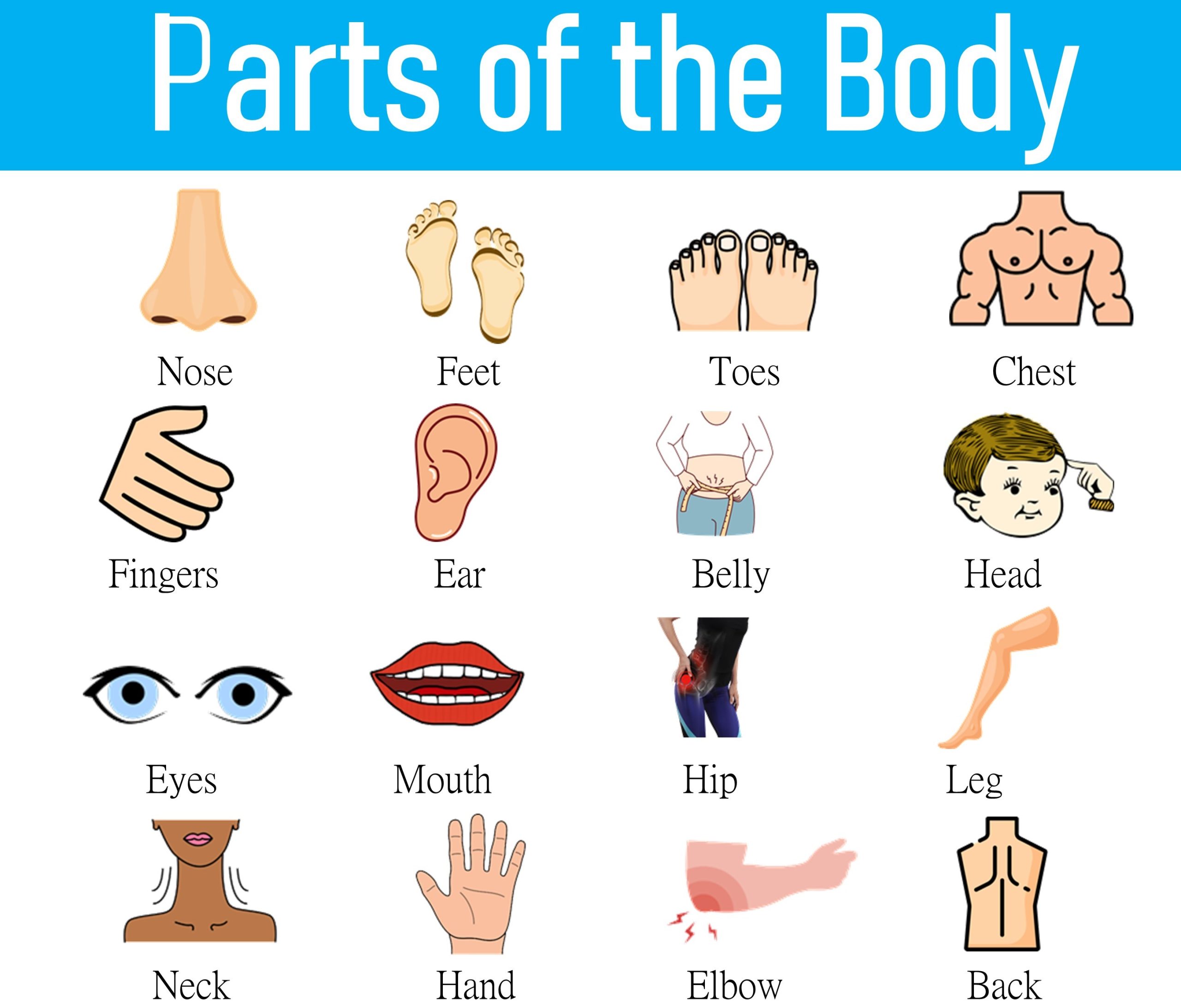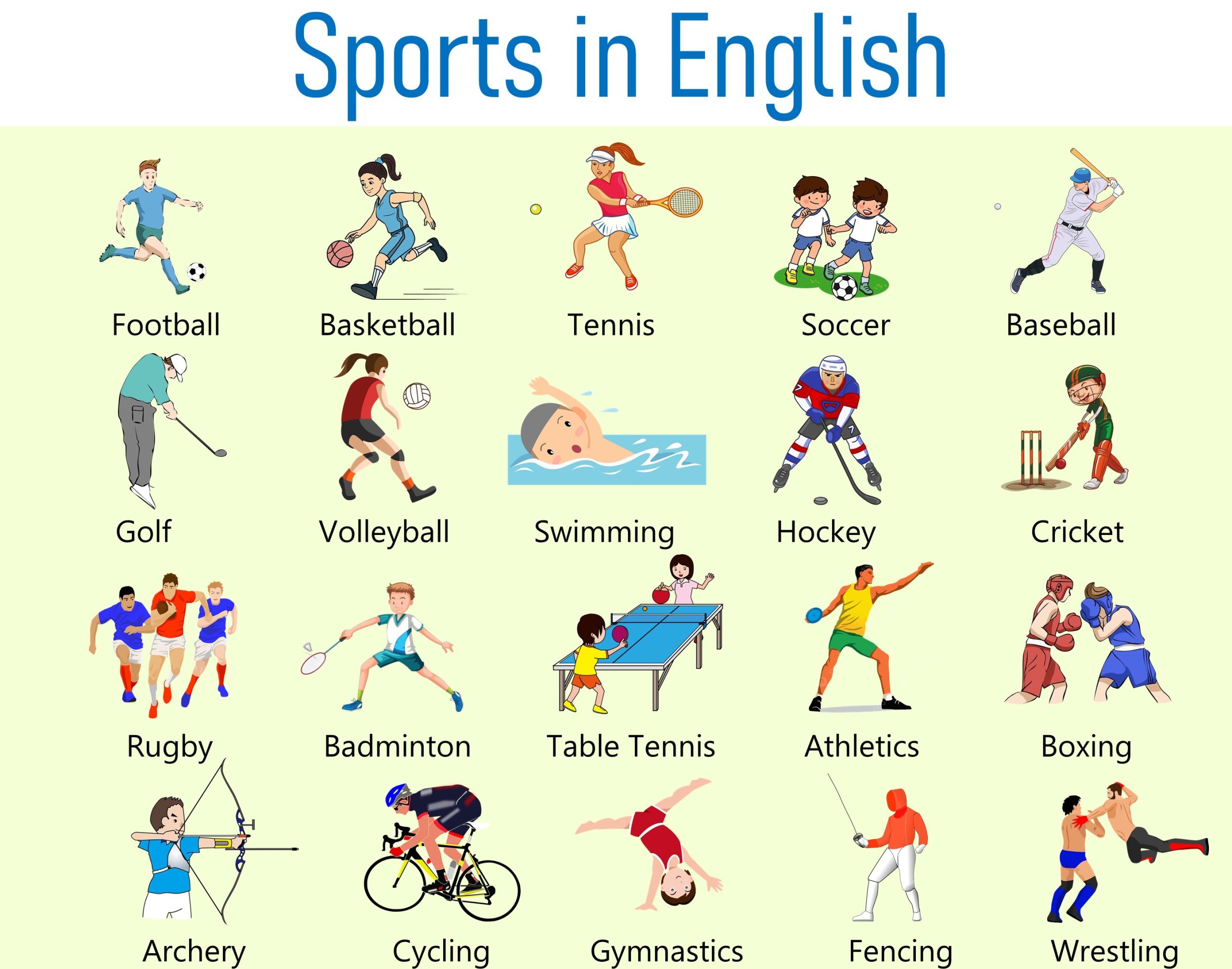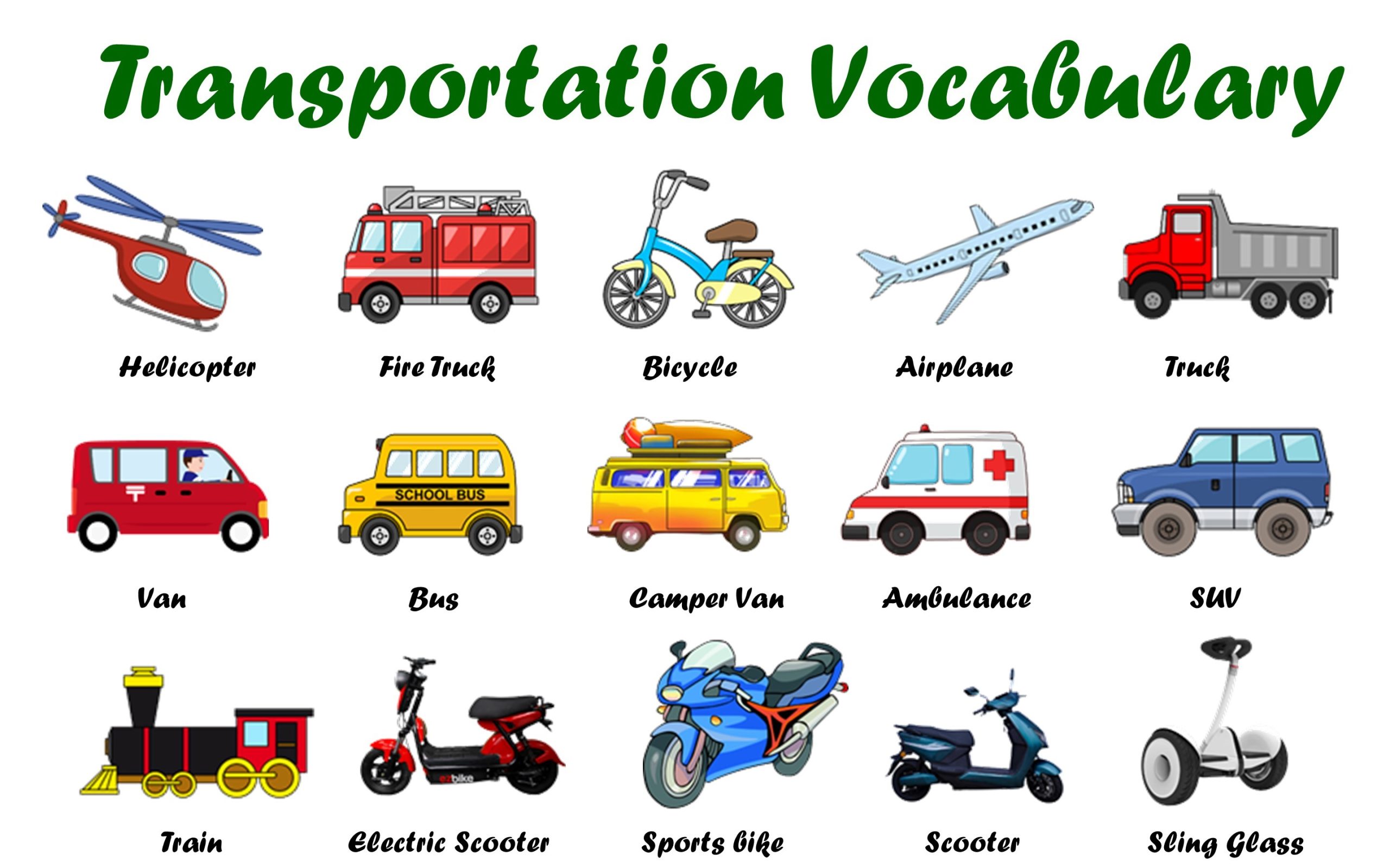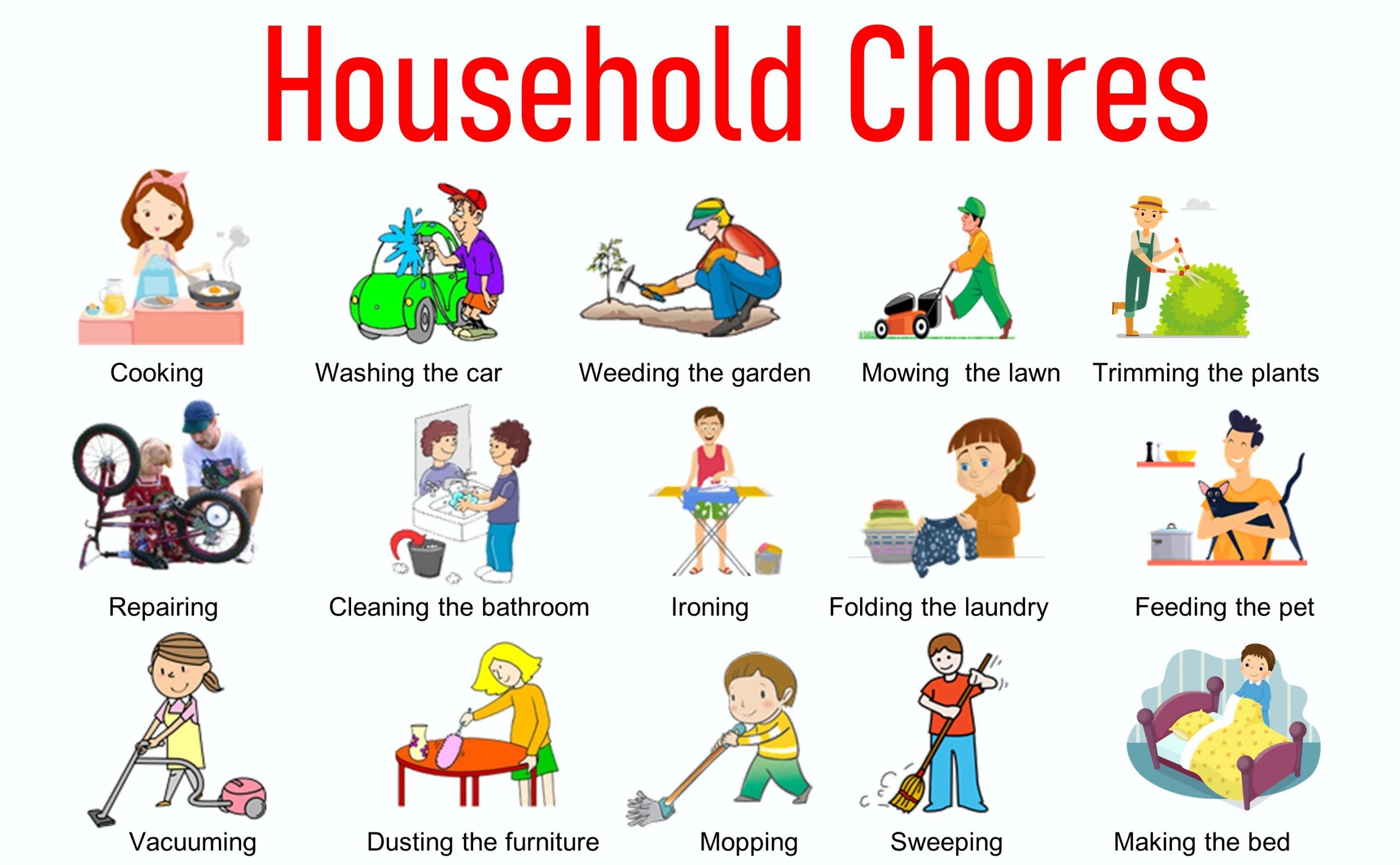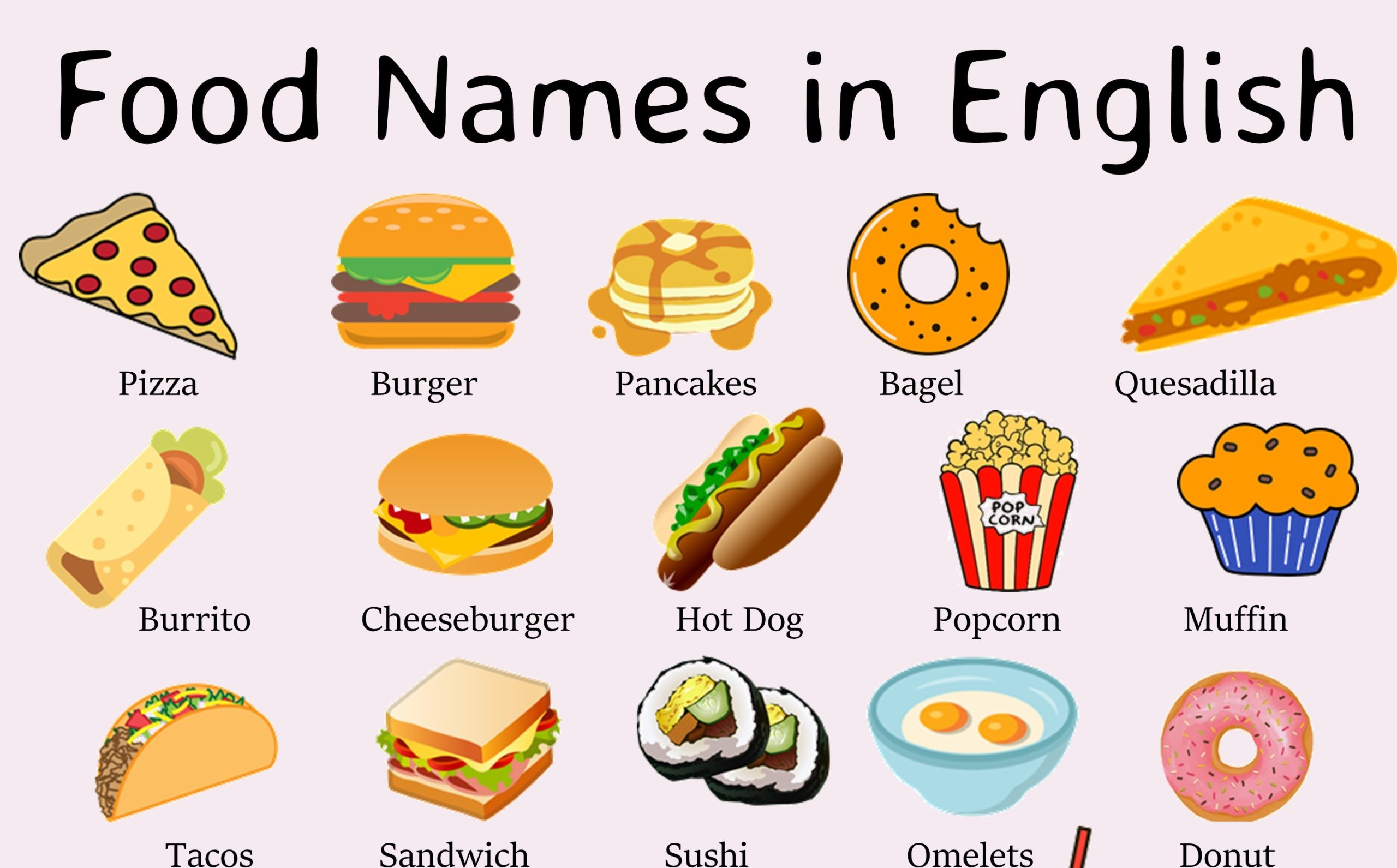Learning Shapes vocabulary is of utmost importance for beginners as it serves as a foundational step in understanding the physical world around them. Shapes provide a common language to describe and categorize objects, enabling children to communicate and interact effectively. By learning shapes such as circles, squares, triangles, and rectangles, children develop their visual perception, spatial awareness, and problem-solving skills. This vocabulary helps them recognize patterns, differentiate between objects, and make comparisons. Furthermore, shapes play a significant role in various disciplines such as mathematics, art, and engineering, making shape recognition an essential skill for future academic and practical success. Mastering shapes vocabulary at an early stage empowers children to navigate their environment, interpret symbols, and engage in creative and logical thinking, laying a strong foundation for their cognitive development.
List of Shapes Name in English
Geometric Vocabulary with Description
Circle:
A perfectly round shape with all points on its boundary equidistant from the center.
A four-sided polygon with all sides of equal length and all angles at 90 degrees.
Triangle:
 A three-sided polygon with three angles and three sides.
A three-sided polygon with three angles and three sides.
Rectangle:
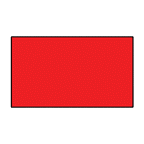 A four-sided polygon with opposite sides of equal length and all angles at 90 degrees.
A four-sided polygon with opposite sides of equal length and all angles at 90 degrees.
Oval:
 A elongated and rounded shape resembling an elongated circle.
A elongated and rounded shape resembling an elongated circle.
A five-sided polygon with five angles and five sides.
A six-sided polygon with six angles and six sides.
Octagon:
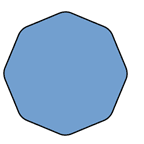
An eight-sided polygon with eight angles and eight sides.
Star:
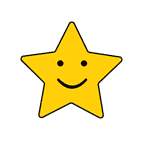 A shape with several pointed projections extending from a central point, resembling a star.
A shape with several pointed projections extending from a central point, resembling a star.
Heart:
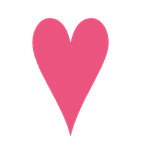
A symbol representing love or affection, typically featuring two rounded lobes at the top and a pointed bottom.
Diamond:
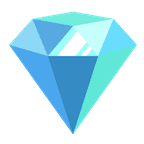 A four-sided polygon with two pairs of opposite sides of equal length and adjacent angles summing to 180 degrees.
A four-sided polygon with two pairs of opposite sides of equal length and adjacent angles summing to 180 degrees.
Crescent:
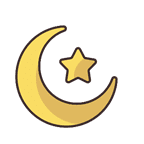
A curved shape resembling a segment of a disk or a new moon.
A three-dimensional shape with all points on its surface equidistant from the center.
Cube:
A three-dimensional shape with six square faces of equal size.
Cylinder:
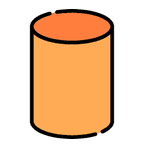 A three-dimensional shape with two parallel circular bases connected by a curved surface.
A three-dimensional shape with two parallel circular bases connected by a curved surface.
A three-dimensional shape with a circular base and a pointed apex.
Pyramid:
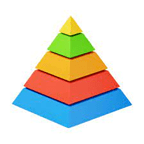 A three-dimensional shape with a polygonal base and triangular faces converging to a single point.
A three-dimensional shape with a polygonal base and triangular faces converging to a single point.
Prism:
A three-dimensional shape with two parallel polygonal bases connected by rectangular faces.
Torus:
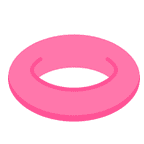
A three-dimensional shape resembling a doughnut or inner tube, with a circular cross-section.
Tetrahedron:
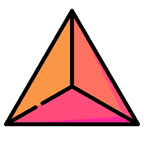
A four-faced polyhedron with triangular faces.
A polyhedron with twelve faces, typically composed of pentagons.
A polyhedron with twenty faces, typically composed of equilateral triangles.
Trapezoid:
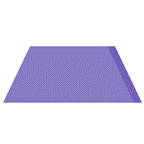
A four-sided polygon with at least one pair of parallel sides.
Parallelogram:
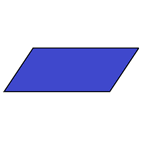 A four-sided polygon with opposite sides parallel and equal in length.
A four-sided polygon with opposite sides parallel and equal in length.
A four-sided polygon with all sides of equal length, but opposite angles not necessarily equal.
Read Also:

